SUMMARY
This is AI generated summarization, which may have errors. For context, always refer to the full article.
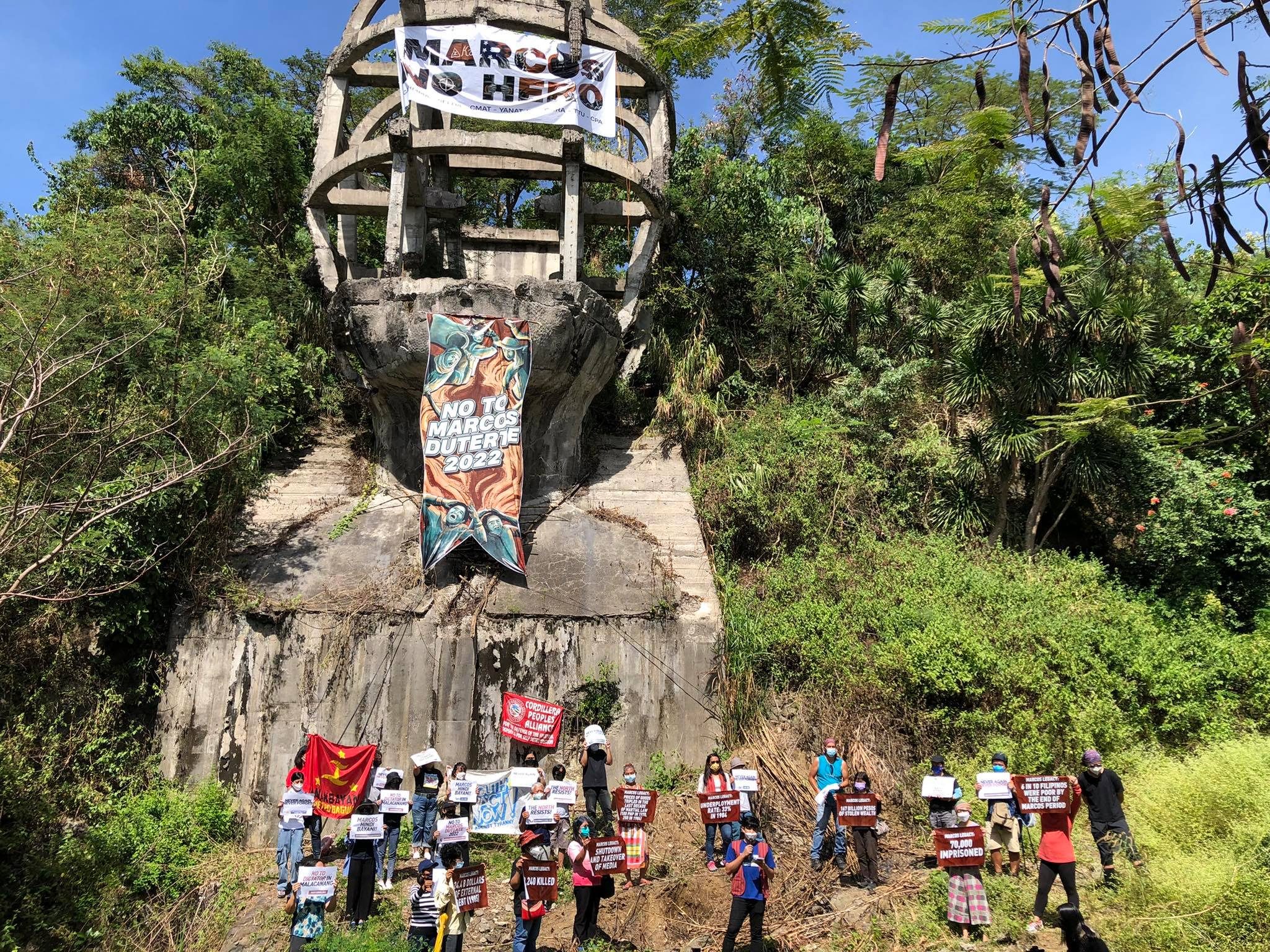
Years after the Ibalois successfully reclaimed their land in Barangay Taloy Sur, there are still remnants of the giant concrete bust of the late dictator Ferdinand Marcos in that area, making it a perfect site to protest the atrocities committed during Martial Law.
“This blasted bust depicts the true legacy of the Marcos regime. It stands on Ibaloi ancestral land forcibly taken from the people,” said Cordillera Peoples Alliance (CPA) secretary general Sarah Dekdeken.
CPA, along with convenors of the Campaign Against the Return of the Marcoses in Malacañang (CARMMA), gathered at the site on November 18, the 5th anniversary of the tyrant’s controversial burial at the Libingan ng Mga Bayani.
Dekdeken said Marcos’ legacy in the Cordillera includes land grabbing, plunder, and development aggression, as she and her group reiterated that Marcos is not a hero but a thief.
She mentioned the foiled Chico River Dam that threatened to submerge Kalinga and Mountain Province villages, and the Cellophil logging project in Abra. She said the fierce resistance of the Cordillerans stopped the projects.
The resistance to the Chico dam project and Cellophil cost the lives of the vocal opposition. Among them was Kalinga elder Macliing Dulag, who government soldiers killed on April 24, 1980.
“The North remembers; the North resists. Marcos was and will never be a hero. His son is nothing but the spitting image of the father – dishonest and bereft of honor,” Dekdeken said.
The 99-feet bust used to be a prominent landmark for travelers passing the Aspiras-Palispis Highway (formerly Marcos Highway). Construction of the flagship project of then-tourism minister Jose Aspiras started in 1978 and was completed in 1980. It was the centerpiece of a proposed Marcos Park that covers 355 hectares of Ibaloi lands. The project was not completed following Marcos’ ouster in February 1986.
Site of celebration, protest
Rose Labotan, an heir of an Ibaloi clan that owns part of the park, recalled that the Philippine Tourism Agency (PTA) called them to a community meeting in 1976 and discussed the Marcos Park plan. She said the agency deceived some landowners into selling their land.
“Deceived landowners said the government forced them to sign and take the checks that they referred to as small pieces of cartolina. They did not even know how much they were paid,” she recalled.
The younger and educated Ibalois organized themselves and stood against the PTA plan. “We cannot allow the construction of the park. Where would we live? What would our children inherit? We had to do something,” she said.
As the protest against the project grew, with people setting up barricades and support pouring in from other places, the government declared Tuba as an insurgency area. Despite the threats, the people continued opposing the project, and then the EDSA People Power Revolution happened.
CPA founding member Joanna Cariño, a Martial Law survivor, said that following the ouster of Marcos, she and other CPA officers met with then-president Corazon Aquino. Among the demands that she granted was the return of the Ibaloi land in Taloy Sur.
“Corazon Aquino called the tourism secretary at the meeting and told him to start working on it. It was just a commitment, but she announced it,” she said.
Cariño recalled that what was supposed to be a CPA Regional Council meeting at the park after their meeting turned into a big celebration.
“Our big event at the park was the expanded Council Meeting after we came from Malacañang, but people came and the celebration, it was like Cordillera Day,” she said.
Cordillera Day is the annual event organized by CPA to commemorate the struggle and heroism of local leaders and communities. It started as a memorial for Macliing Dulag and eventually evolved into a yearly event celebrated every April in the country and abroad.
Three years after the Marcos family fled to Hawaii, New People’s Army guerillas tried to demolish the Marcos bust but only managed to put a hole in the right ear. In 2002, a more powerful explosion defaced the bust. Communist rebels took responsibility for the action.
In April 2016, CARMMA also led a protest at the site as part of its national campaign to foil the vice presidential bid of Ferdinand “Bongbong” Marcos. Jr. The dictator’s son and namesake is now running for president in the 2022 national elections.
Reclaimed ancestral land
Cariño said that despite Aquino’s commitment, the return of the lands to the displaced Ibaloi clans took longer than expected “because of the bureaucratic and judicial process.”
In 2001, the PTA sued the Ibalois, but the court decided in favor of the indigenous people. The Supreme Court upheld the decision of the lower court to return the land to the rightful owners in 2007.
The planned golf course inside the proposed park area is now lined with fertile rice fields and vegetable farms. The lands have also been apportioned to the Ibaloi families with rightful claims.
“We were able to reclaim our land, it took us a long time, but we succeeded through our unity and with the help of the church and other groups,” Labotan said. – Rappler.com
Sherwin de Vera is a Luzon-based journalist and an awardee of the Aries Rufo Journalism Fellowship.
Add a comment
How does this make you feel?
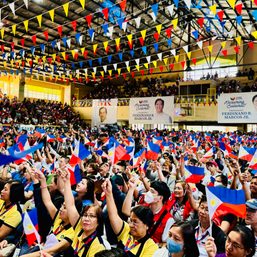
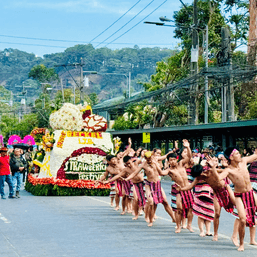
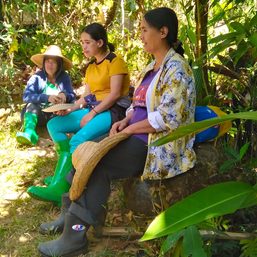
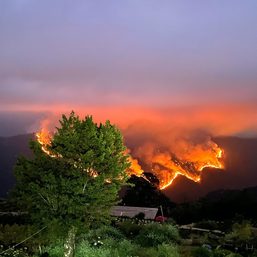
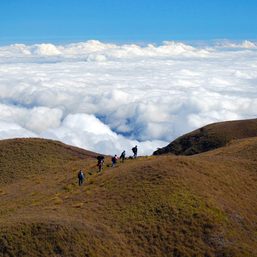
There are no comments yet. Add your comment to start the conversation.